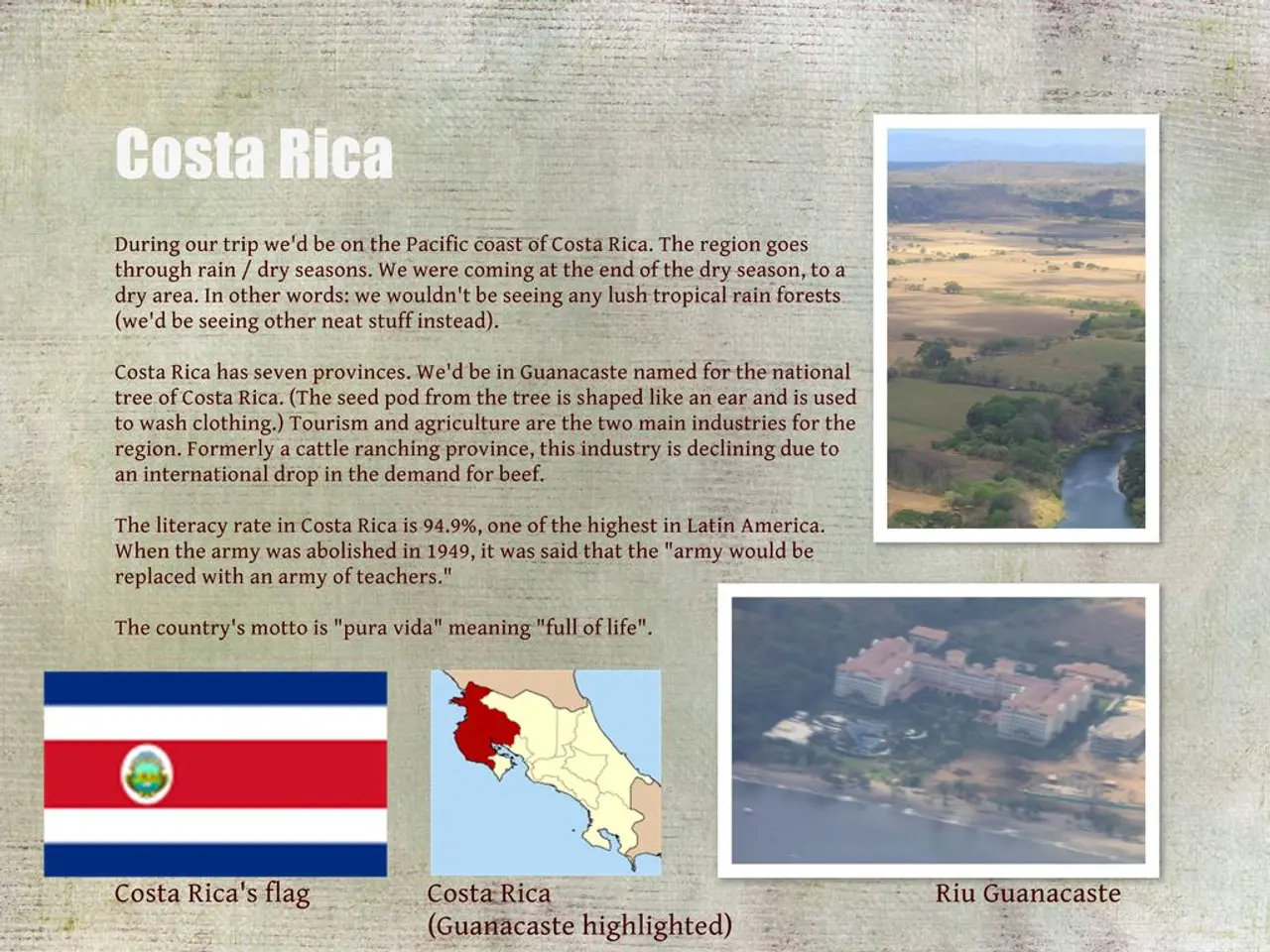Diplomats from the United States and China gather in Sweden, approaching the deadline for their agreed-upon trade truce.
The US and China are continuing their efforts to finalize a trade deal, with both nations racing to meet an August 1 deadline to reimpose tariffs. The recent talks, led by US Treasury Secretary Scott Bessent and Chinese Vice Premier He Lifeng, have taken place in Stockholm and Geneva.
The discussions primarily focus on maintaining the current tariff truce to avoid escalating tariffs back to pre-Geneva levels, where tariffs exceeded 100%. The suspension that started after May 2025 lowered US tariffs on Chinese products from 145% to a lower rate, while China's counter-tariffs were cut from 125% to 10%.
Despite the extension agreement, significant disagreements remain unresolved, and the talks have shown little substantive progress so far. Analysts suggest that future negotiations might broaden beyond bilateral tariff issues to include influence over third countries and alignment of global trade interests, indicating a strategic recalibration by both Beijing and Washington.
No specific new trade topics or breakthroughs were announced in the latest talks. However, the US Treasury Secretary Scott Bessent hinted last week that a renewal in "90-day increments" was under consideration. The current status is that the US and China have agreed to continue working toward extending the 90-day tariff truce, which is set to expire on August 12, 2025. However, no finalized trade deal has been reached yet following the recent talks in Stockholm that ended on July 29 without an agreement.
The talks are a continuation of earlier rounds of negotiations in Geneva and London. Notably, President Donald Trump has struck agreements with the European Union and Japan recently, and despite growing tensions in the Indo-Pacific, economic ties between Washington and Beijing appear to be thawing. President Trump recently floated the idea of visiting China in the near future, and Beijing eased restrictions on rare-earth magnet exports in response.
In addition to tariff discussions, the topics for discussion in the current trade talks include China's export restrictions on critical minerals, stopping the flow of fentanyl from China into the US, American concerns about China's purchases of Russian and Iranian oil, and the recent exit preventing US citizens from leaving China. Transferring ownership of TikTok to a US company may also be under consideration in the trade talks.
Each of these agreements now faces a 15% tariff on exports to the US. The US and Chinese officials are meeting in Sweden this week to secure a trade agreement. President Donald Trump will make the final decision on whether to extend the tariff truce after he is briefed on the remaining unresolved issues.
[1] The Wall Street Journal [2] CNN [3] Bloomberg [4] Reuters [5] The Washington Post
- Trading discussions between US and China extend beyond bilateral tariffs, as analysts predict future negotiations might encompass influence over third countries and the alignment of global trade interests, signaling a strategic recalibration by both Beijing and Washington.
- The Wall Street Journal, CNN, Bloomberg, Reuters, and The Washington Post are among the outlets reporting on the ongoing trade talks between the US and China, covering a range of topics including markets, general news, policy-and-legislation, politics, and trading.





